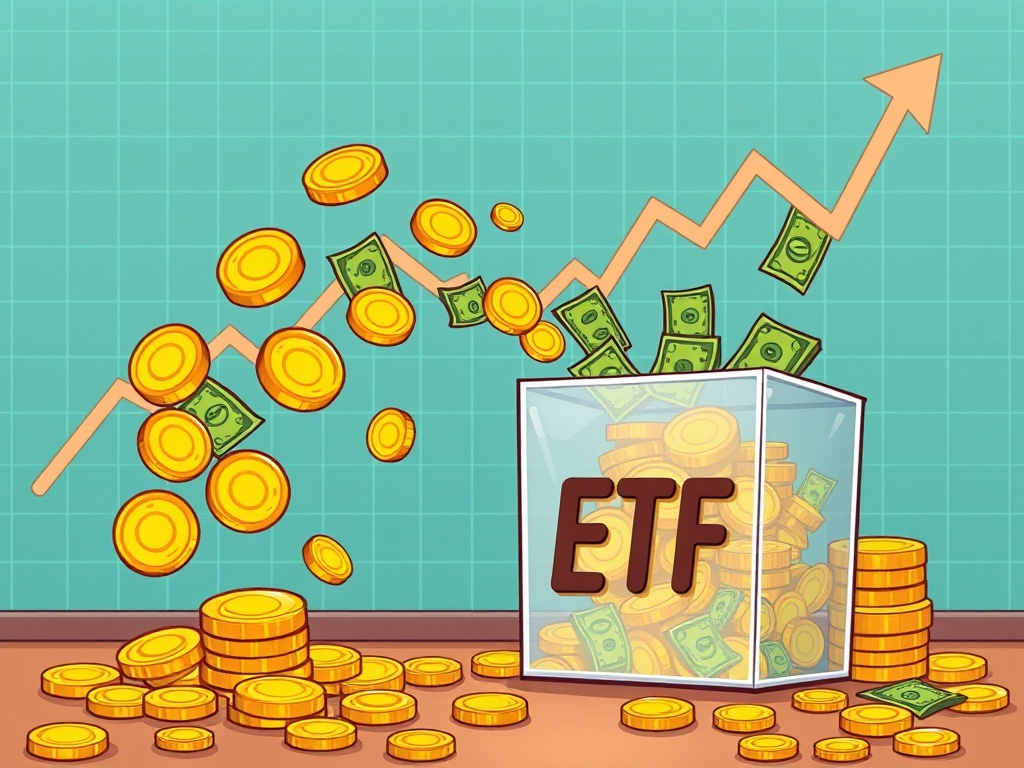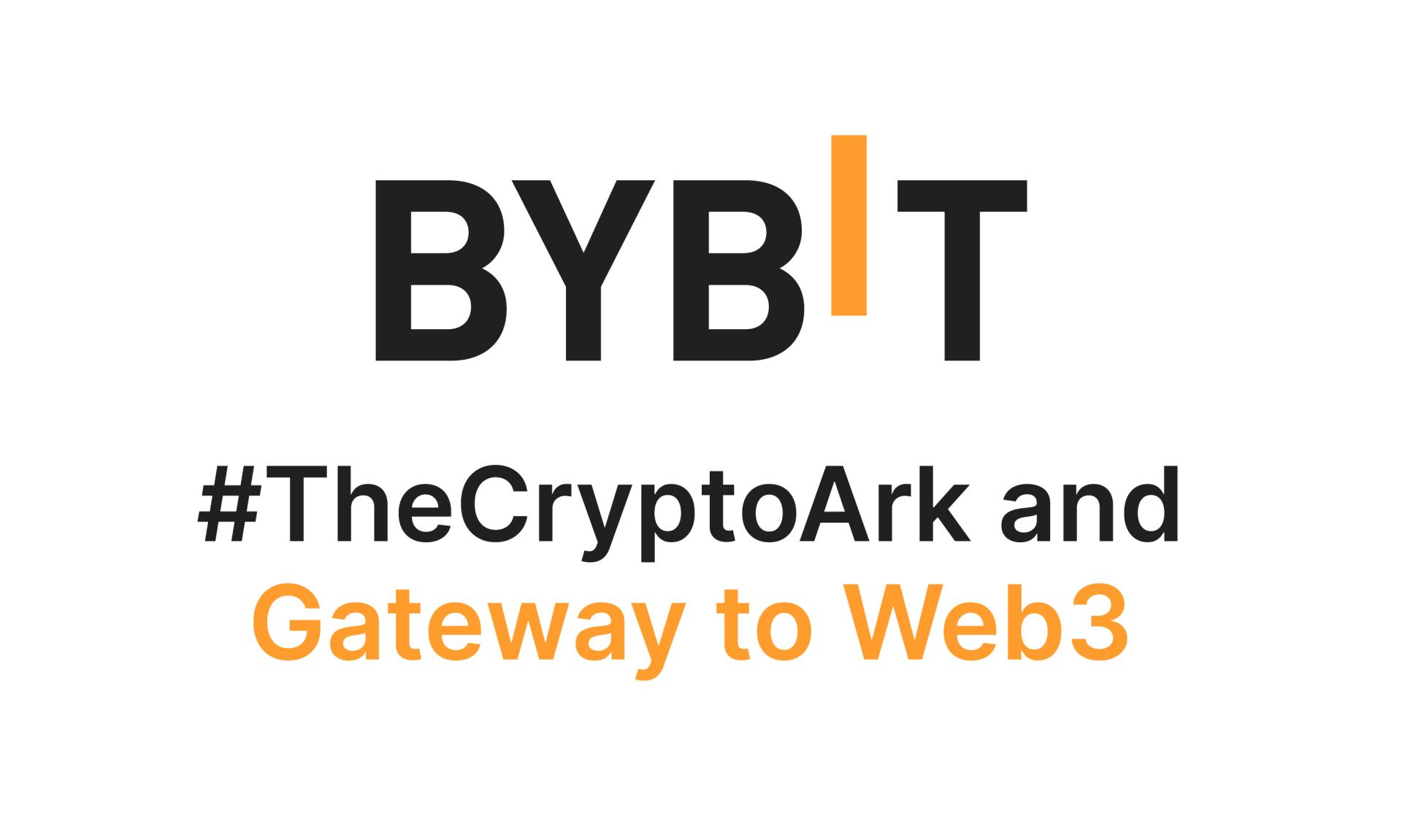BitcoinWorld

Bitcoin ETF: Unlocking the Astonishing Five-Day Inflow Streak
In the dynamic world of digital finance, significant movements often signal deeper shifts. Recently, the U.S. spot Bitcoin ETF market has captured the attention of investors worldwide, showcasing a remarkable surge in activity. Imagine a scenario where, day after day, millions of dollars pour into a new investment vehicle, signaling robust confidence and growing interest. This is precisely what we’ve witnessed with the Bitcoin ETF, as it continues to attract substantial capital, underscoring its rising prominence in mainstream finance.
What’s Driving the Bitcoin ETF Surge?
The recent data paints a compelling picture: U.S. spot Bitcoin ETFs recorded a total net inflow of $47.39 million on July 30. This wasn’t an isolated event; it marked an impressive five consecutive trading days of positive flows. For those tracking the pulse of the cryptocurrency market, such a sustained streak is a powerful indicator of shifting sentiment and increasing institutional comfort with digital assets.
Let’s break down the key players contributing to this significant inflow:
- BlackRock’s IBIT: Leading the charge, BlackRock’s iShares Bitcoin Trust (IBIT) accounted for a substantial $34.73 million in inflows. BlackRock’s participation, given its stature in traditional finance, lends immense credibility and attracts a wide array of investors who might otherwise be hesitant about direct cryptocurrency exposure.
- Bitwise’s BITB: Following closely, Bitwise Bitcoin ETF (BITB) contributed $12.66 million. Bitwise has consistently positioned itself as a key player in the crypto investment space, offering diversified and accessible products to a growing investor base.
- Other ETFs: While IBIT and BITB dominated the inflows for the day, it’s worth noting that other spot Bitcoin ETFs reported no change in holdings, suggesting that the positive momentum is concentrated among the top performers, drawing capital efficiently.
This concentrated inflow into leading funds like IBIT and BITB highlights investor preference for established names and liquid products within the nascent spot Bitcoin ETF ecosystem.
The Power of Consecutive Positive Flows for Bitcoin ETF
Why is a five-day streak of positive inflows so significant for the Bitcoin ETF market? It’s more than just numbers; it’s a strong signal of:
- Sustained Investor Confidence: A single day of inflows could be an anomaly, but five consecutive days suggest a deeper, more entrenched belief among investors in the long-term value and stability of Bitcoin as an asset class, particularly when accessed via regulated ETF structures.
- Growing Institutional Adoption: Large inflows often come from institutional investors – hedge funds, wealth managers, and corporations. Their participation is crucial for the maturation of the crypto market, bringing substantial capital and professional oversight.
- Market Validation: The consistent demand for spot Bitcoin ETFs validates the regulatory approval of these products earlier this year. It demonstrates that there was indeed significant pent-up demand for a regulated, accessible way to invest in Bitcoin.
- Potential for Price Stability: While Bitcoin is known for its volatility, sustained inflows into ETFs can contribute to greater price stability over time by absorbing selling pressure and providing a consistent source of demand.
This consistent accumulation through ETFs acts as a powerful demand driver, potentially influencing Bitcoin’s price trajectory and overall market sentiment positively.
Navigating the Landscape: Benefits and Challenges of Bitcoin ETF Investment
For many, the spot Bitcoin ETF represents a bridge between traditional finance and the innovative world of cryptocurrencies. But like any investment, it comes with its own set of advantages and considerations.
Benefits of Investing in a Bitcoin ETF:
- Accessibility: You can buy and sell shares of a Bitcoin ETF through traditional brokerage accounts, just like stocks or mutual funds. This eliminates the need for setting up crypto wallets, understanding complex exchanges, or managing private keys.
- Liquidity: ETFs are generally highly liquid, meaning you can easily buy or sell shares throughout the trading day at market prices. This offers flexibility that might not always be present in direct crypto purchases on certain exchanges.
- Regulatory Oversight: Spot Bitcoin ETFs are regulated by financial authorities like the SEC in the U.S., offering a layer of investor protection and transparency that might appeal to those wary of unregulated crypto markets.
- Diversification (within crypto): For a traditional portfolio, a Bitcoin ETF can offer exposure to the digital asset space without needing to pick individual cryptocurrencies.
Challenges and Considerations:
- Fees: ETFs typically charge management fees (expense ratios), which can eat into your returns over time. While often low, they are still a cost to consider compared to holding Bitcoin directly.
- Market Volatility: While the ETF structure provides a regulated wrapper, the underlying asset (Bitcoin) remains highly volatile. The value of your Bitcoin ETF investment will fluctuate with Bitcoin’s price swings.
- Custody Risk (Indirect): While you don’t directly hold Bitcoin, the ETF provider does. You are trusting the ETF issuer with the secure custody of the underlying assets.
- Regulatory Evolution: The regulatory landscape for cryptocurrencies and ETFs is still evolving. Changes in regulations could impact the performance or even the existence of certain funds.
Understanding these aspects is crucial for making informed investment decisions. A Bitcoin ETF is a powerful tool, but it requires the same due diligence as any other investment.
Actionable Insights for Aspiring Bitcoin ETF Investors
Given the exciting developments in the Bitcoin ETF space, how can you approach this opportunity wisely? Here are some actionable insights:
- Research Thoroughly: Don’t just jump in because of positive headlines. Understand the specific Bitcoin ETF you’re considering – its fees, its issuer, its historical performance, and its custody arrangements.
- Understand Your Risk Tolerance: Bitcoin is a volatile asset. Be honest about how much risk you’re comfortable taking. Only invest what you can afford to lose.
- Consider Dollar-Cost Averaging: Instead of investing a lump sum, consider investing a fixed amount regularly (e.g., weekly or monthly). This strategy, known as dollar-cost averaging, can help mitigate the impact of market volatility by averaging out your purchase price over time.
- Stay Informed: The crypto market moves fast. Keep up with news, regulatory changes, and market analysis related to Bitcoin and Bitcoin ETFs.
- Consult a Financial Advisor: For personalized advice tailored to your financial situation and goals, consider speaking with a qualified financial advisor.
These steps can help you navigate the promising yet complex world of Bitcoin ETF investments with greater confidence.
A Compelling Future for Bitcoin ETF
The consistent net inflows into U.S. spot Bitcoin ETFs, particularly the five-day streak culminating in $47.39 million on July 30, is more than just a fleeting trend. It represents a significant milestone in the broader acceptance and integration of Bitcoin into traditional financial markets. With major players like BlackRock leading the charge, these ETFs are providing an accessible, regulated, and increasingly trusted pathway for both institutional and retail investors to gain exposure to the world’s leading cryptocurrency.
As these products mature and attract more capital, they are poised to play a crucial role in shaping Bitcoin’s future price discovery, enhancing market liquidity, and solidifying its position as a legitimate asset class. The continued positive momentum suggests a bright outlook, indicating that the journey of the Bitcoin ETF is just beginning to unfold its full potential.
Frequently Asked Questions (FAQs) About Bitcoin ETFs
Q1: What is a spot Bitcoin ETF?
A spot Bitcoin ETF is an exchange-traded fund that directly holds Bitcoin as its underlying asset. This means that when you buy shares of the ETF, you are indirectly investing in Bitcoin, with the fund responsible for securely holding the actual cryptocurrency.
Q2: How do spot Bitcoin ETFs differ from Bitcoin futures ETFs?
Spot Bitcoin ETFs hold actual Bitcoin, aiming to track its price directly. Bitcoin futures ETFs, on the other hand, invest in Bitcoin futures contracts, which are agreements to buy or sell Bitcoin at a predetermined price on a future date. Futures ETFs do not directly hold Bitcoin and their performance can sometimes deviate from the spot price.
Q3: Why are inflows into Bitcoin ETFs considered important?
Consistent inflows indicate strong demand and growing investor confidence, particularly from institutional players. This signals increased mainstream adoption, provides market validation, and can contribute to price stability and liquidity for Bitcoin.
Q4: Are Bitcoin ETFs a safer investment than buying Bitcoin directly?
While Bitcoin ETFs offer regulatory oversight and eliminate the need for personal custody of Bitcoin (reducing certain technical risks like losing private keys), they are still subject to Bitcoin’s inherent price volatility. They offer a different risk profile, not necessarily a ‘safer’ one in terms of market fluctuations, but a more regulated and accessible one.
Q5: Who are the major players in the U.S. spot Bitcoin ETF market?
Currently, major players include BlackRock (IBIT), Fidelity (FBTC), Bitwise (BITB), Ark Invest/21Shares (ARKB), and Grayscale (GBTC, which converted from a trust to an ETF). These firms collectively manage a significant portion of the assets under management in the spot Bitcoin ETF space.
If you found this article insightful, please consider sharing it with your network on social media. Your support helps us continue to deliver timely and comprehensive cryptocurrency news and analysis!
To learn more about the latest crypto market trends, explore our article on key developments shaping Bitcoin institutional adoption.
This post Bitcoin ETF: Unlocking the Astonishing Five-Day Inflow Streak first appeared on BitcoinWorld and is written by Editorial Team





